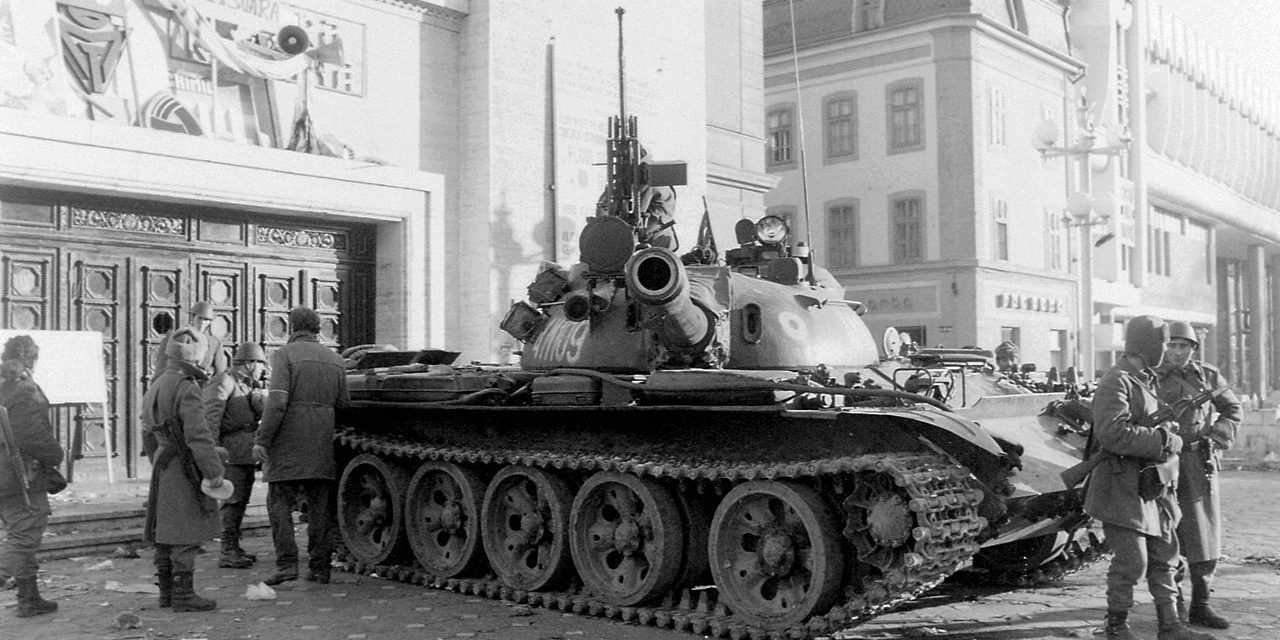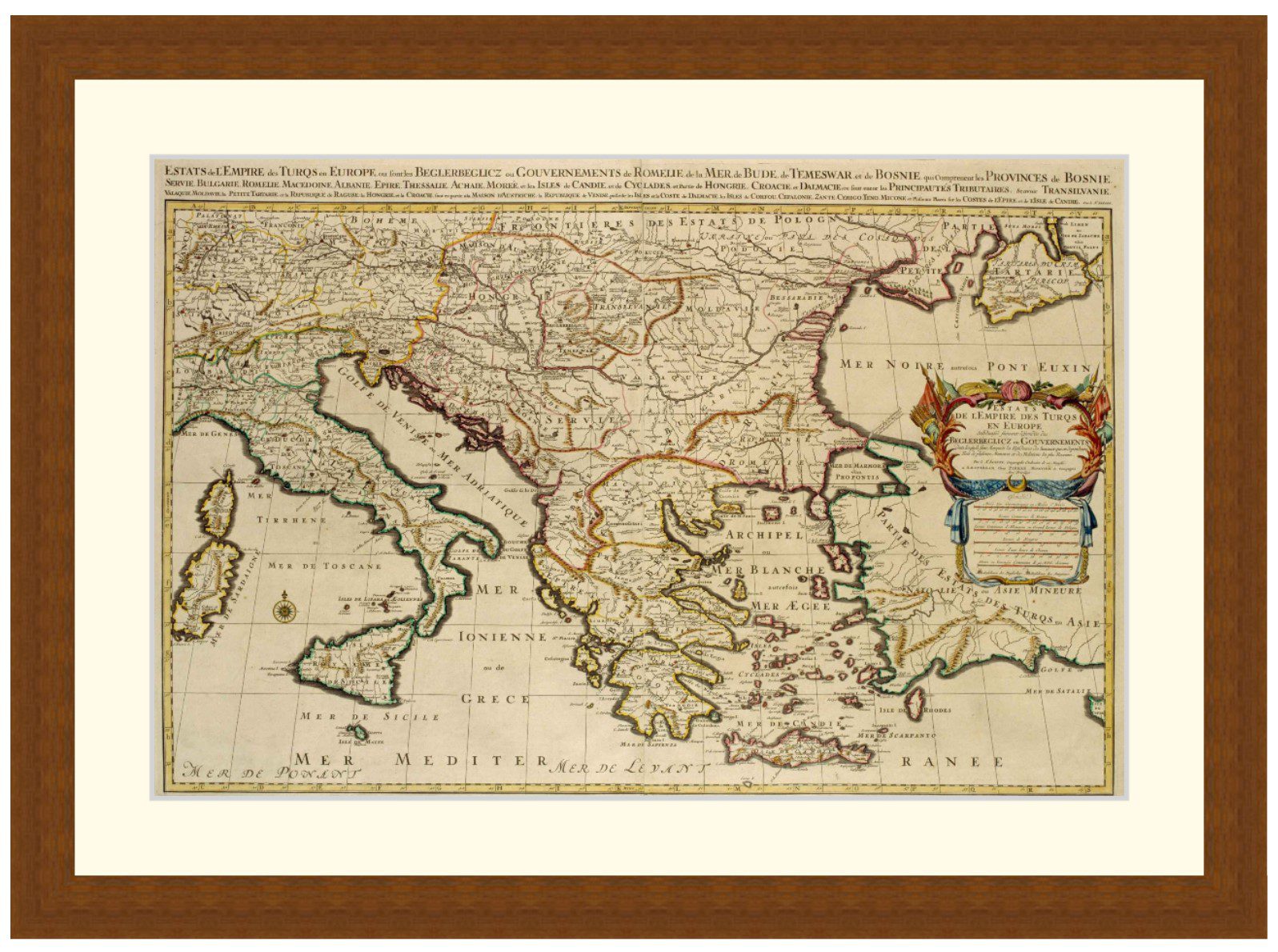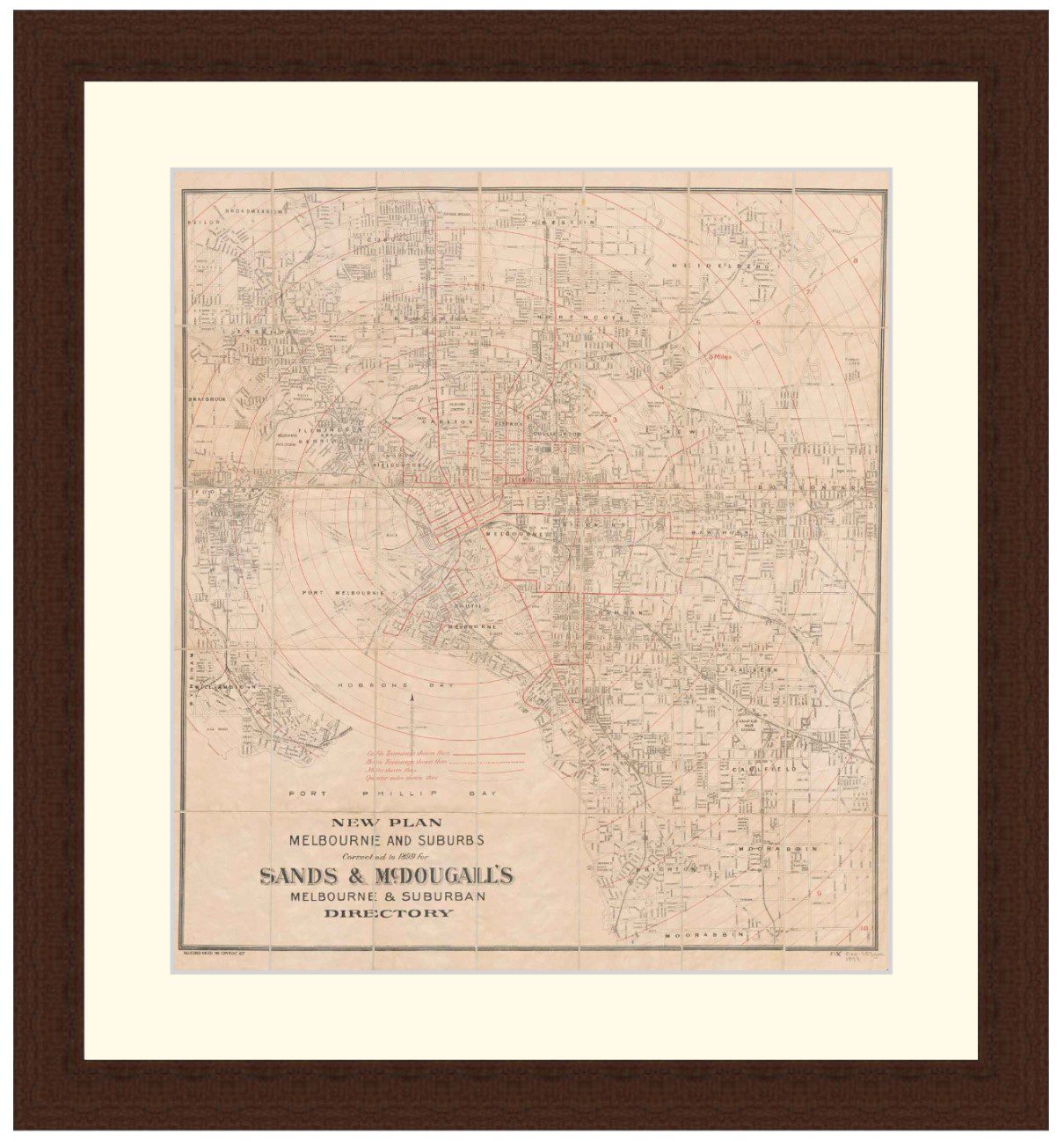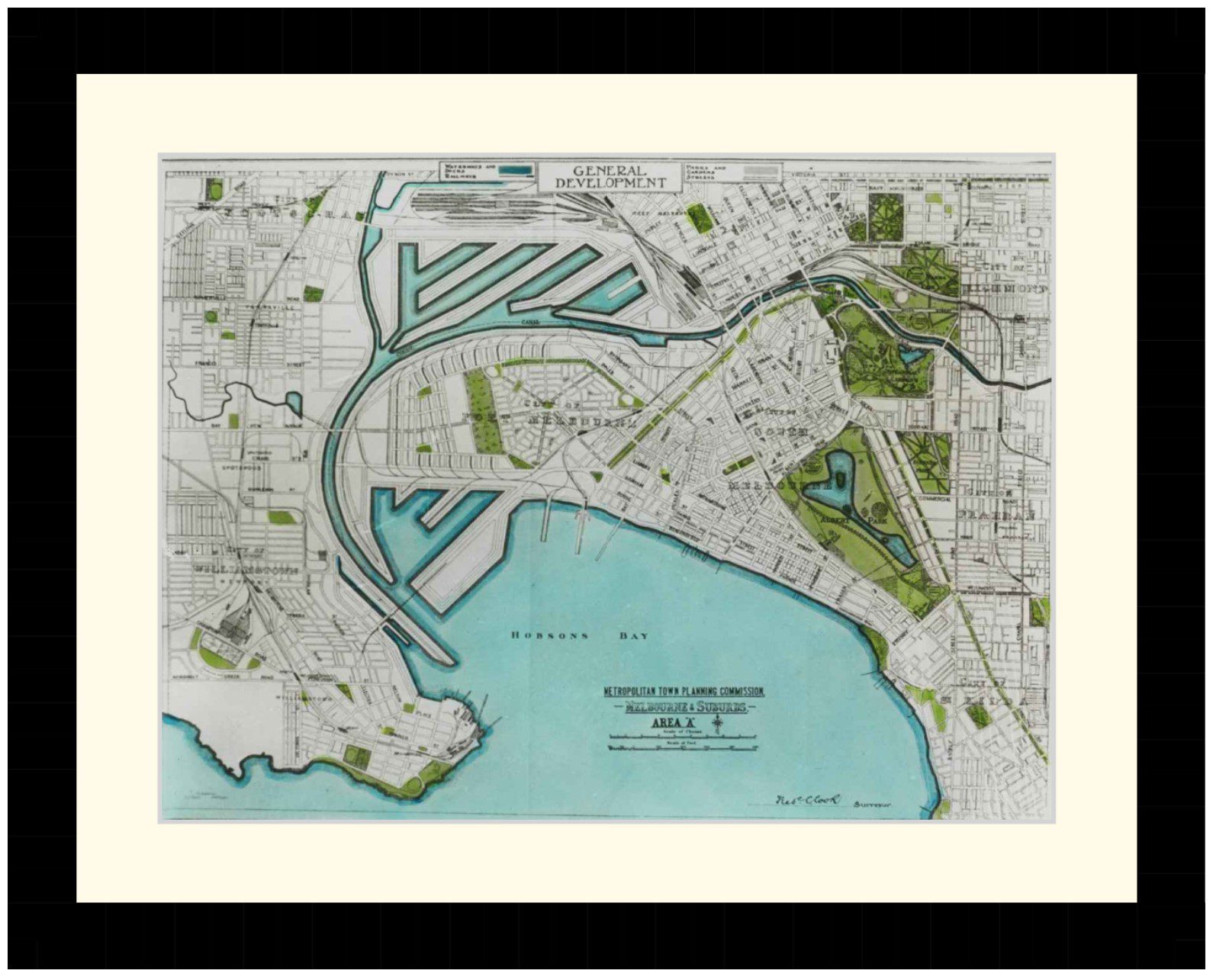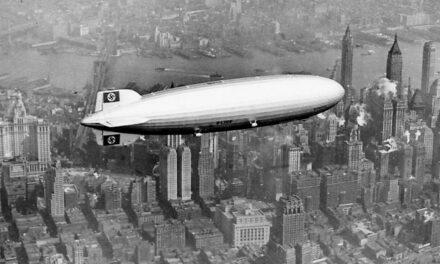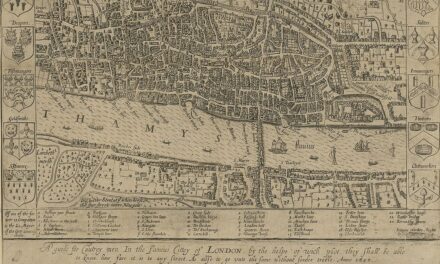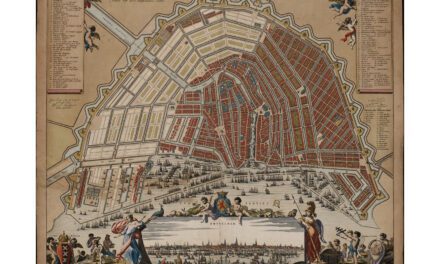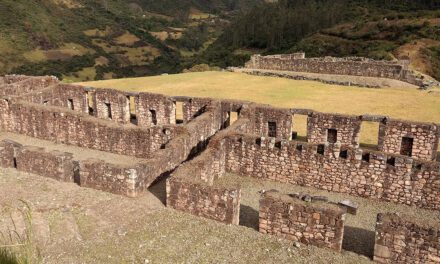History Guild General History Quiz 156
See how your history knowledge stacks up!
Want to know more about any of the questions? Scroll down to learn more!
Have an idea for a question? Suggest it here and we’ll include it in a future quiz!
The stories behind the questions
1. Which country did Nicolae Ceaușescu rule from 1965 to 1989?
Romania – Ceaușescu’s government was totalitarian and possibly the most repressive in the Eastern Bloc. His secret police, the notorious Securitate, utilised mass surveillance, severe repression and controlled the media and press. There were numerous human rights abuses during his rule. This led to the only violent overthrow of a government during the revolutions in Eastern Europe in 1989. Ceaușescu was convicted of economic sabotage and genocide, and executed.
2. In 1663 which English company was granted a Royal Charter to trade slaves from Africa?
Company of Royal Adventurers – King Charles II granted the company a monopoly to trade in slaves and other goods with Africa. Between 1663 and Britain’s abolition of the slave trade in 1807 over 3.1 million slaves were carried in British ships.
3. Where was the first person to reach the South Pole from?
Norway – Roald Amundsen reached the South Pole in 1911, beating a British expedition by only a month.
4. What was the first manmade object launched into space?
German V2 rocket – On the 20th June 1944 a German V2 rocket that was part of a vertical test launch reached an altitude of of 176 km, crossing the 100 km Kármán line that designates the edge of space.
5. The historic Islamic site the ‘Dome of the Rock’ is located in which city?
Jerusalem – Located on the Temple Mount in the Old City of Jerusalem, it was built by the Umayyad Caliphate in 691.
6. Roman Latin evolved into the Romance languages of French, Spanish, Portuguese, Italian and which other language?
Romanian – Romania was part of the Roman empire, with Latin being the predominant language at that time. After the fall of the Roman empire this developed into Romanian. No Latin terms connected to an urbanized society have been preserved in the Romanian language. Inherited Romanian words for “road” also reveal that the life of the Romanians’ ancestors became more rural after the collapse of the empire, for instance, the Latin word for bridge pons developed into Romanian punte which refers to a tree trunk placed over a ditch or a ravine. The Romanian word for road cale developed from Latin callis ‘a narrow footpath, a track’.
7. Which Empire ruled Oman from 1800 to 1971?
British – Initially part of the Seljuk Empire, Oman saw almost 150 years of Portuguese rule, followed by periods under Ottoman and Persian overlordship. Britain became the dominant colonial power in 1800 and this continued until 1971.
8. Which conflict did this aircraft see action in?
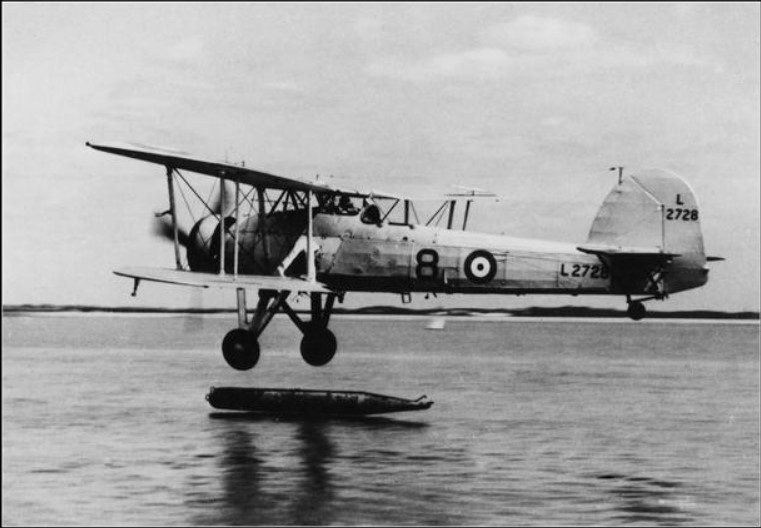
WW2 – It’s the Fairey Swordfish, a British biplane torpedo bomber. The Swordfish is most famous for it’s part in the pursuit and sinking of the German battleship Bismarck in 1941. They were also very important in the Mediterranean where they saw success in the 1940 Battle of Taranto. Swordfish damaged or sunk 3 Italian battleships, 2 cruisers and 2 destroyers. The Japanese naval attaché to Berlin visited Taranto to view the consequences of the attack, his information helped in the planning for the attack on Pearl Harbor.
9. Who is the only Australian to serve as President of the UN General Assembly?
Herbert Evatt – One of Australia’s most prominent public intellectuals, at 36 years old Evatt became the youngest person ever appointed to the High Court of Australia. Evatt’s innovative and empathic decision in Chester v the Council of Waverley Municipality, which argued for the law to acknowledge inner suffering as it did physical injury, was well ahead of its time.
In 1940 he resigned from the High Court, was elected federal MP for the Sydney seat of Barton and became Attorney-General and Minister for External Affairs from 1941 to 1949, and leader of the Australian Labor Party (ALP) and Leader of the Opposition from 1951 to 1960. In these roles he was a strong proponent of the White Australia Policy, arguing against any non white immigration to Australia.
He played a leading role in the founding of the UN and was elected President of the United Nations General Assembly from 1948 to 1949. He was prominent in the negotiations that led to the creation of Israel and helped draft the United Nations Universal Declaration of Human Rights.
10. Which year saw the most Australians killed in war?
1917 – This year saw allied fortunes at their lowest ebb of WW1. It would also be the most stressful and costly year of the war for Australia. Australians would fight futilely at Bullecourt (twice), Messines, and in the three-month-long ordeal of the third battle of Ypres. By the year’s end, nearly as many Australians were to die in battle as had died in the war so far – almost 22,000. Read more about this here.

